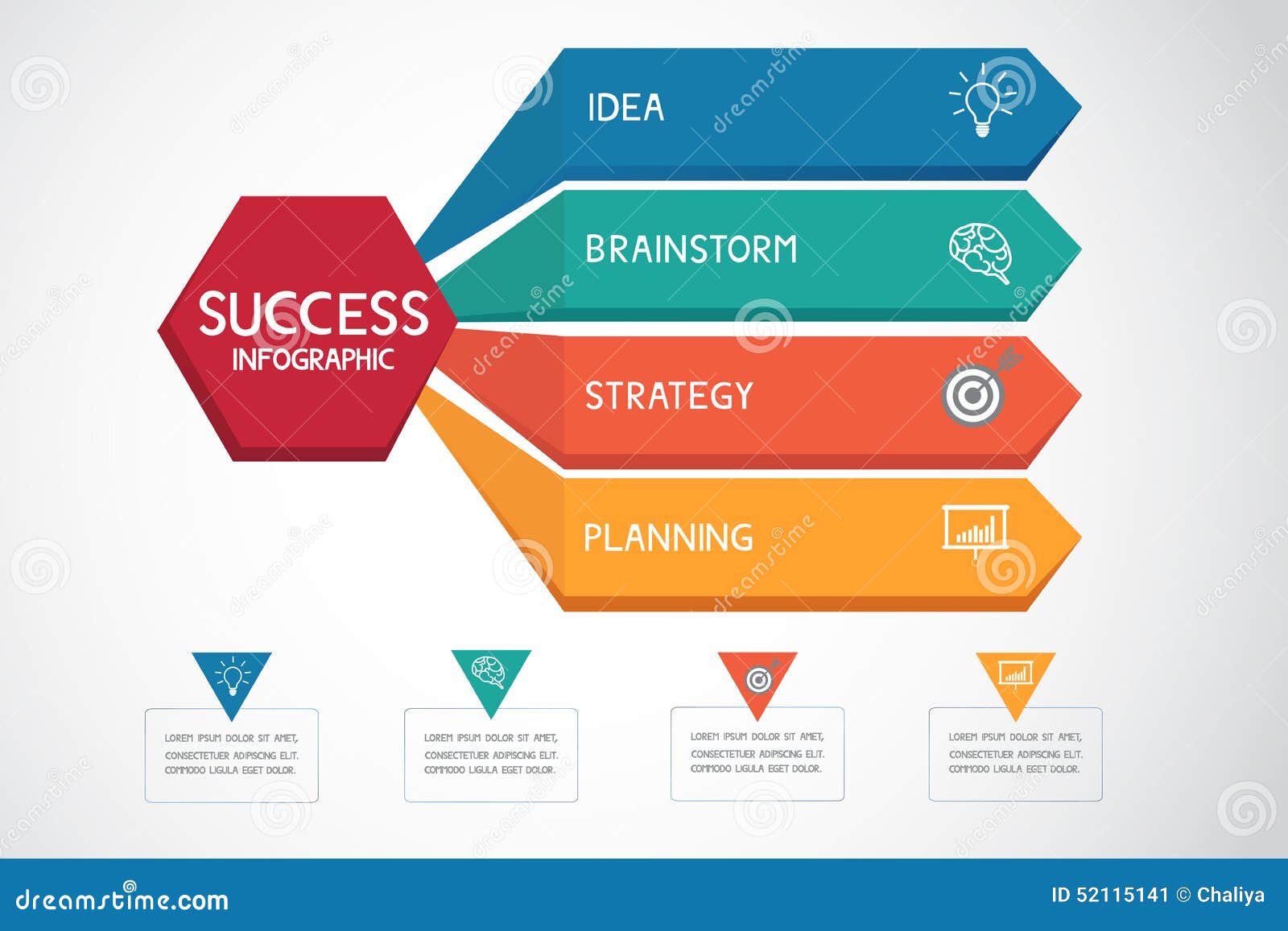Join Us As We Embark On A Trip Through Time, Discovering The Development Of Website Layout And How It Has Actually Affected The Electronic Landscape
Join Us As We Embark On A Trip Through Time, Discovering The Development Of Website Layout And How It Has Actually Affected The Electronic Landscape
Blog Article
Web Content Author-Jonasson Vinson
In the past, websites were easy and focused on information. Navigation was direct, and layout was for desktops. Now, user experience is essential. https://adage.com/article/marketing-news-strategy/inside-kfcs-new-marketing-strategy/2414226 overviews styles for easy navigating. Responsive designs match different tools. Today, dark setting lowers stress, and minimal food selections enhance navigation. Interactive functions involve users, and strong visuals attract attention. AI assimilation improves interaction. See exactly how design has evolved to boost your on-line trip.
Very Early Days of Web Design
In the early days of website design, simpleness reigned supreme. Internet sites were fundamental, with minimal colors, typefaces, and designs. The emphasis got on providing info as opposed to fancy visuals. Customers accessed the net with slow dial-up connections, so rate and capability were key.
Navigation menus were straightforward, commonly situated at the top or side of the web page. Internet sites were made for desktop, as mobile surfing wasn't yet widespread. Material was king, and designers focused on very easy readability over complex style components.
HTML was the key coding language made use of, and designers needed to function within its restrictions. https://emailmarketingicon40628.livebloggs.com/36091737/enhance-the-performance-of-your-internet-site-by-making-use-of-on-page-seo-methods-that-boost-your-on-line-presence-and-engage-your-target-market and interactive attributes were minimal compared to today's requirements. Websites were static, with little vibrant content or personalized individual experiences.
Surge of User-Focused Design
With the advancement of internet site design, a change in the direction of user-focused design principles has come to be significantly noticeable. Today, developing web sites that focus on customer experience is critical for engaging visitors and accomplishing organization goals. User-focused style includes understanding the needs, choices, and actions of your target audience to tailor the web site's layout, web content, and features appropriately.
Designers now carry out thorough research study, such as individual studies and use screening, to gather understandings and responses directly from individuals. This data-driven strategy assists in producing instinctive navigation, clear calls-to-action, and aesthetically appealing interfaces that reverberate with site visitors. By putting the individual at the facility of the layout process, sites can provide an extra individualized and satisfying experience.
Responsive style has actually also become a crucial aspect of user-focused design, guaranteeing that websites are maximized for different devices and screen dimensions. This flexibility enhances ease of access and functionality, catering to the diverse ways users engage with websites today. Fundamentally, the increase of user-focused layout represents a change towards creating digital experiences that focus on the demands and expectations of the end user.
Modern Trends in Website Design
Check out the current trends shaping website design today. One popular trend is dark mode design, providing a streamlined and contemporary look while lowering eye pressure in low-light atmospheres. example of ada compliant website is minimal navigation, simplifying menus and enhancing individual experience by focusing on essential elements. Integrating micro-interactions, such as computer animated buttons or scrolling impacts, can create an extra interesting and interactive website. Responsive design continues to be crucial, ensuring seamless user experiences across different gadgets. Additionally, using strong typography and unbalanced designs can add aesthetic passion and draw attention to certain web content.
Integrating AI modern technology, like chatbots for customer assistance or tailored suggestions, boosts user engagement and enhances procedures. Accessibility has likewise become a considerable pattern, with designers prioritizing comprehensive style methods to satisfy diverse individual requirements. Accepting sustainability by optimizing site efficiency for rate and efficiency is an additional emerging fad in web design. Collaborating with user responses and information analytics to iterate and boost layout continually is essential for remaining pertinent in the ever-evolving digital landscape. By accepting these modern fads, you can produce an aesthetically attractive, easy to use site that resonates with your target market.
https://spencertnicw.thenerdsblog.com/35482159/magnify-your-company-with-proven-online-marketing-solutions
As you reflect on the development of site style from the early days to now, you can see how user-focused layout has come to be the driving pressure behind modern fads.
Embrace the trip of modification and adaptation in web design, always maintaining the individual experience at the center.
Keep existing with the current patterns and modern technologies, and never ever stop evolving your strategy to develop visually stunning and straightforward websites.
Develop, adjust, and produce - the future of website design is in your hands.
